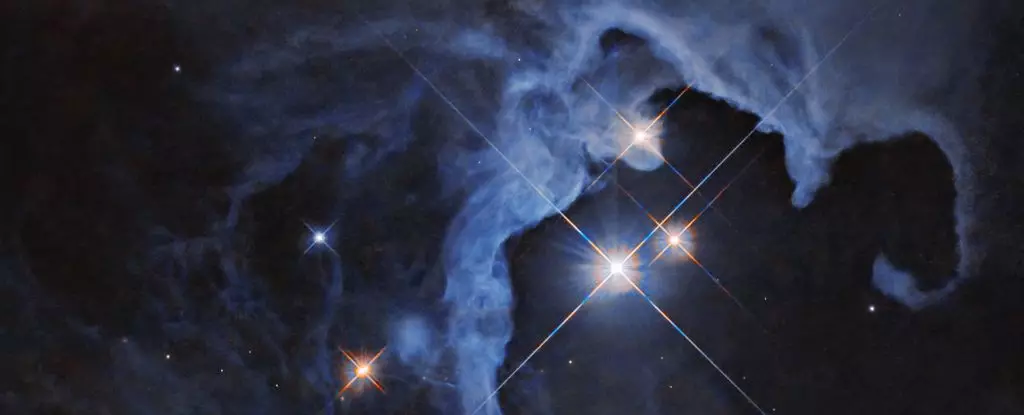The question of whether Earth stands as an isolated beacon of intelligent life amidst the vast cosmic expanse remains one of humanity’s most profound mysteries. Despite the tantalizing silence of the cosmos, the absence of evidence for extraterrestrial civilizations invokes both intrigue and skepticism. Statistically, our planet appears unique; however, myriad factors may influence the emergence of life and the subsequent discovery of other civilizations. Traditional frameworks, such as the Drake Equation, have long sought to quantify these conditions, but recent research suggests a significant factor has yet to be considered — the influence of dark energy.
The Drake Equation, formulated over fifty years ago, serves as a mathematical model that estimates the number of active, communicative extraterrestrial civilizations within our Milky Way galaxy. This formula accounts for variables like the rate of star formation and the fraction of stars with planets. However, its omission of dark energy presents a gap in our understanding of the cosmos. A study led by physicist Daniele Sorini from Durham University has introduced this elusive variable into a renewed examination of life’s odds in the universe, shedding light on how dark energy, a force responsible for the accelerated expansion of the universe, might affect the genesis of stars and, consequently, life.
Dark energy constitutes an enigmatic and largely uncharted portion of the universe’s energy density, estimated to comprise about 71.4% of the total matter-energy content. This mysterious force exerts a repulsive influence, counteracting gravitational forces that would otherwise pull matter together into dense clumps conducive to star formation. While dark matter accounts for an additional 24%, only 4.6% of the universe is made up of baryonic matter — the particles that form stars, planets, and all known life. Thus, the constituents of the universe present a complex backdrop for the development of intelligent life.
To explore the implications of dark energy further, researchers examined the rates of star formation in a hypothetical universe where varying densities of dark energy were present. Their calculations revealed that the most efficient conditions for star formation arise when 27% of the universe’s matter is converted into stars. In contrast, the actual conversion rate in our universe rests at a lower threshold of approximately 23%. This discrepancy fuels speculation about whether Earth embodies an extraordinary rather than a typical cradle for life.
Moreover, this newfound understanding propels a shift in perspective: as Sorini indicates, life could potentially exist in circumstances that deviate from what we consider optimal. This revelation broadens the scope of the search for extraterrestrial life, suggesting that intelligent civilizations may flourish in environments previously deemed unfavorable.
While the rate of star formation provides critical insights, it is by no means the sole factor determining the emergence of intelligent life. A myriad of additional variables contributes to the complexity of the phenomenon. Considerations such as the total number of stars, the prevalence of planetary systems, and the suitability of those planets for life form a multi-layered web of conditions. Furthermore, unresolved questions linger regarding how the fundamental components of life coalesce and evolve.
The implications of these insights extend beyond merely recognizing the rarity of life; they suggest pathways for future exploration. Disentangling the web of factors influencing life allows scientists to adopt a more holistic approach when crafting hypotheses about extraterrestrial civilizations.
As research continues to unveil the complexities surrounding dark energy and star formation, we inch closer to a deeper comprehension of the conditions needed for intelligent life. Theoretical frameworks inform our approach to extraterrestrial searches and aid in refining the parameters of astrobiology. Each study incorporates findings that not only illuminate the pathways of our existence but also redefine our understanding of life’s potential across the universe.
Ultimately, the incorporation of dark energy into the discussion signifies a pivotal step in unraveling the grand cosmic enigma. As we strive to piece together our place in the universe, it’s essential to recognize that even the forces we have yet to fully grasp may play a foundational role in the quest for knowledge beyond our blue planet. This journey reminds us that the search for life is as much about the stars above as it is about the intricate laws governing our universe.


Leave a Reply